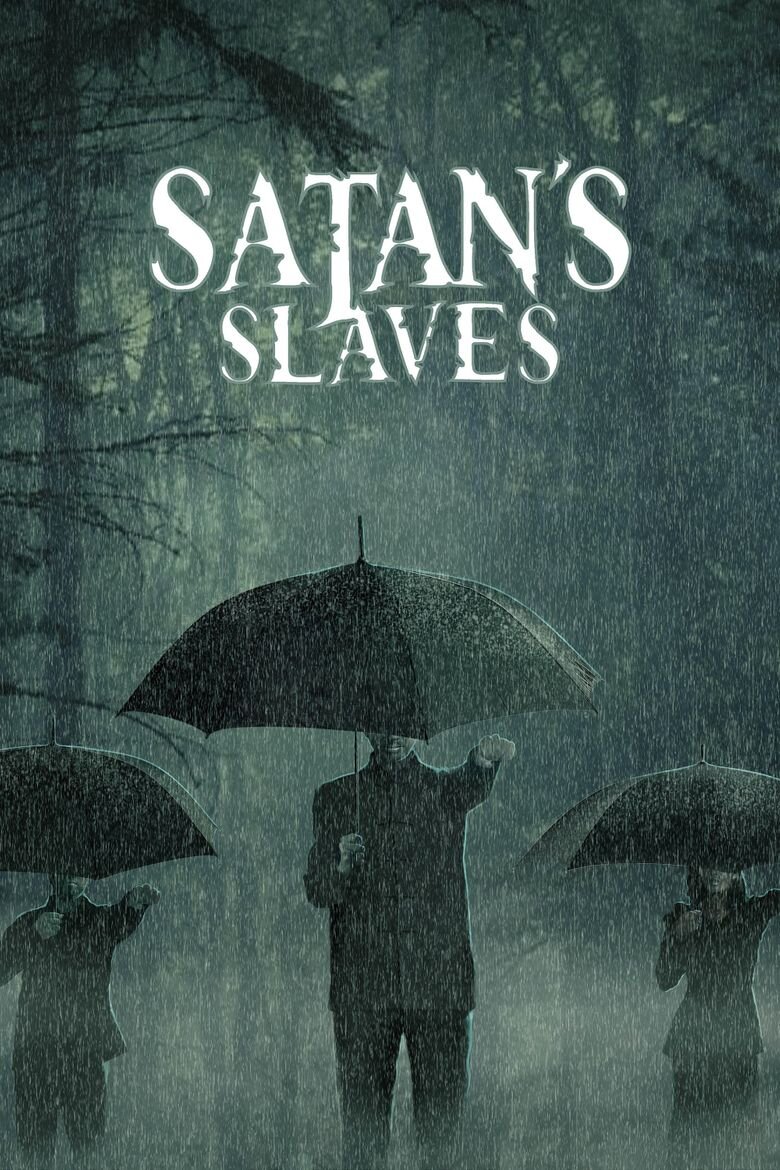Sound design, more than just background companion in films
Image: Aghi Narottama
Try watching the scariest movie you can think of in low volume. Do you still get scared?
If not, that’s probably because sound plays a major part in creating suspense that keeps the audience on their toes.
Prominent music composer Aghi Narottama went all the way to locking himself in his studio at midnight and turning the lights off whilst creating music for Joko Anwar’s 2017 award-winning film Satan’s Slave (Pengabdi Setan) until he himself got scared to make sure the job was done.
“It’s exciting when it comes to horror, because with horror movies, there’s no music to it yet when the film is handed to us. It’s our job to make the film scary, and that’s a fun process — to deliver a story, so when people watch, they get the experience they are looking for. If it’s meant to be scary, it has to sound scary. If it’s meant to be heroic, then it has to sound heroic,” explained Aghi.
The use of music and sound effect in films can be traced back to the silent film era. When the audience didn’t get to hear what the characters were saying, film utilises sound along with cards to describe scenes.
It can amplify the experience as well. “Sometimes, movies with horrible plots become tolerable because the music is cool and vice versa, the plot is good but the music is terrible,” said Aghi.
In present day, many films work with popular artists to create original soundtrack. From the marketing perspective, it could attract fans of the artists to watch the film even though the song is only used at the end credit or trailer. Take, for example, Kanye West’s ‘Black Skinhead’ for Wolf of Wall Street.
There are songs that are specifically created for a movie, like The Greatest Showman or La La Land. This does not only attract new audience, but also keeps the movies alive in audience’s mind even after it stops showing in cinemas.
But sound effect is also the integral part of movie that is often overlooked. The sound of footsteps, rumbles, cutting, heartbeat including the dialogue helps deliver the right experience. The simplest example to illustrate is voiceover. Sometimes, the voice doesn’t fit the character well. A lot of times, it’s better to read the subtitles.
“Sound design is like completing voice for a movie. It’s not just the music. It includes dialogue and sound effects. This is completed by the sound design department and it has its own gameplay,” Aghi stated.
According to Aghi, many mistaken sound effect as part of music scoring or composing. “They are two different workflows, two different gameplays, but they have the same output, which is music.”
“You cannot juggle both departments at the same time. One department has to really focus on sound design, while I focus on music scoring. Because both departments work in parallel, both have the same amount of workload.”
Image: Satan’s Slaves movie poster
Usually, the process starts with composing. After a musician finishes writing a song or score, it will be recorded at a studio. After recording, the score will be edited and arranged.
Once the film director approves the score, the music team has to work with sound designer to combine and mix the score with sound effects and match the scene with appropriate sound. They also have to make sure the sound effect and music don’t overpower the dialogue.
“Balancing music and sound takes time because we need to work on this together. It takes around one to one and a half month to complete, not to forget the equipment.”
In Indonesia, there are only a few recording studios equipped with a complete range of sound design facilities from microphones collection to recording space. Aghi himself runs a small recording studio called Rooftopsound Records and there is limit to what his studio can do.
“Rooftopsound focuses on advertising because the time to produce music and sound design for ads is shorter. Sound design for film takes another level of facilities and we are not ready to invest in that yet.”
On top of that, there is shortage in manpower to do sound design. “When I open a sound design major at my college, I receive a lot of request from studios to assign my students to help them out.”
That is the main reason why the industry revolves around the same circle of people. For instance, Aghi has been composing scores for Joko Anwar’s films since the popular film director assigned him to compose music for ‘Kala (Dead Time)’ in 2007.
“Hopefully, the industry will spread throughout the country. Bali is quite advanced. Many small studios eventually move to Jakarta.”
Most importantly, Indonesia has to keep its film industry alive to support the sound design industry. It has just started to rise again in 2016 after laying dormant for more than a decade since mid-2000. Currently, the number of moviegoers could reach one million and above, a tremendous growth compared to that a decade ago.
“The industry has to be supportive as well. We have to hire locals because there are many talented people in Indonesia's film and art industry. Let’s not let them move to other countries just because there is no job available for them here.”




